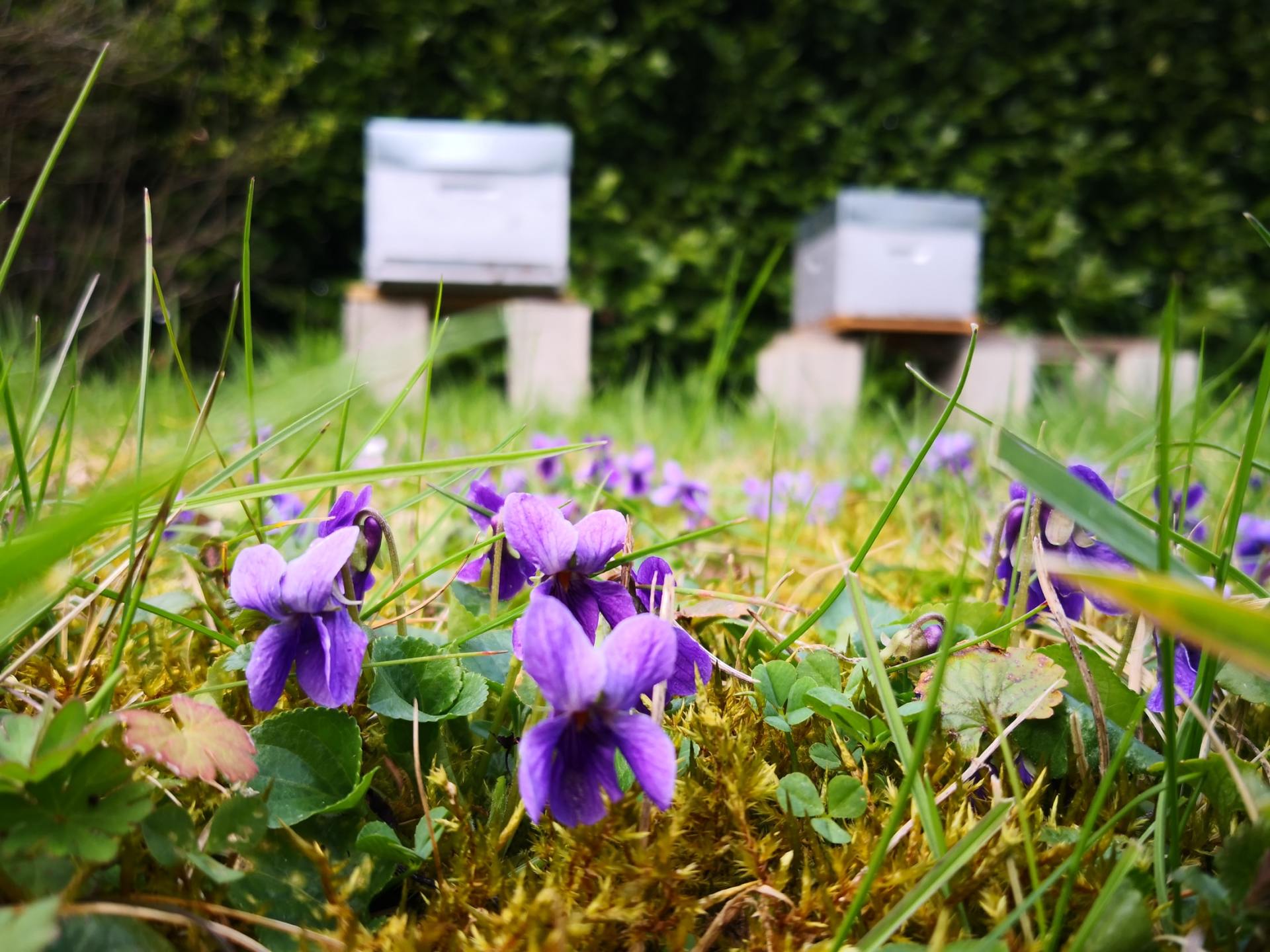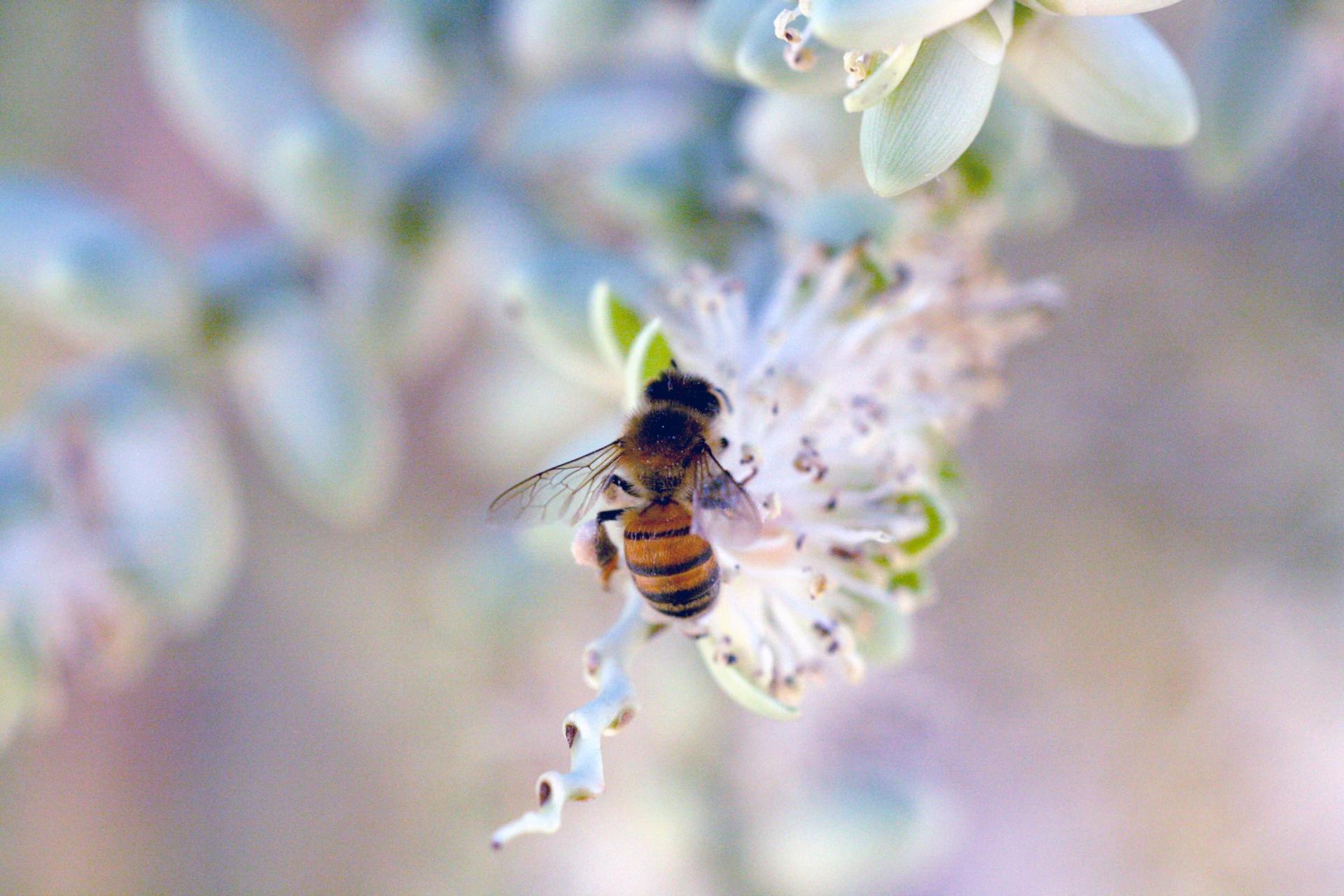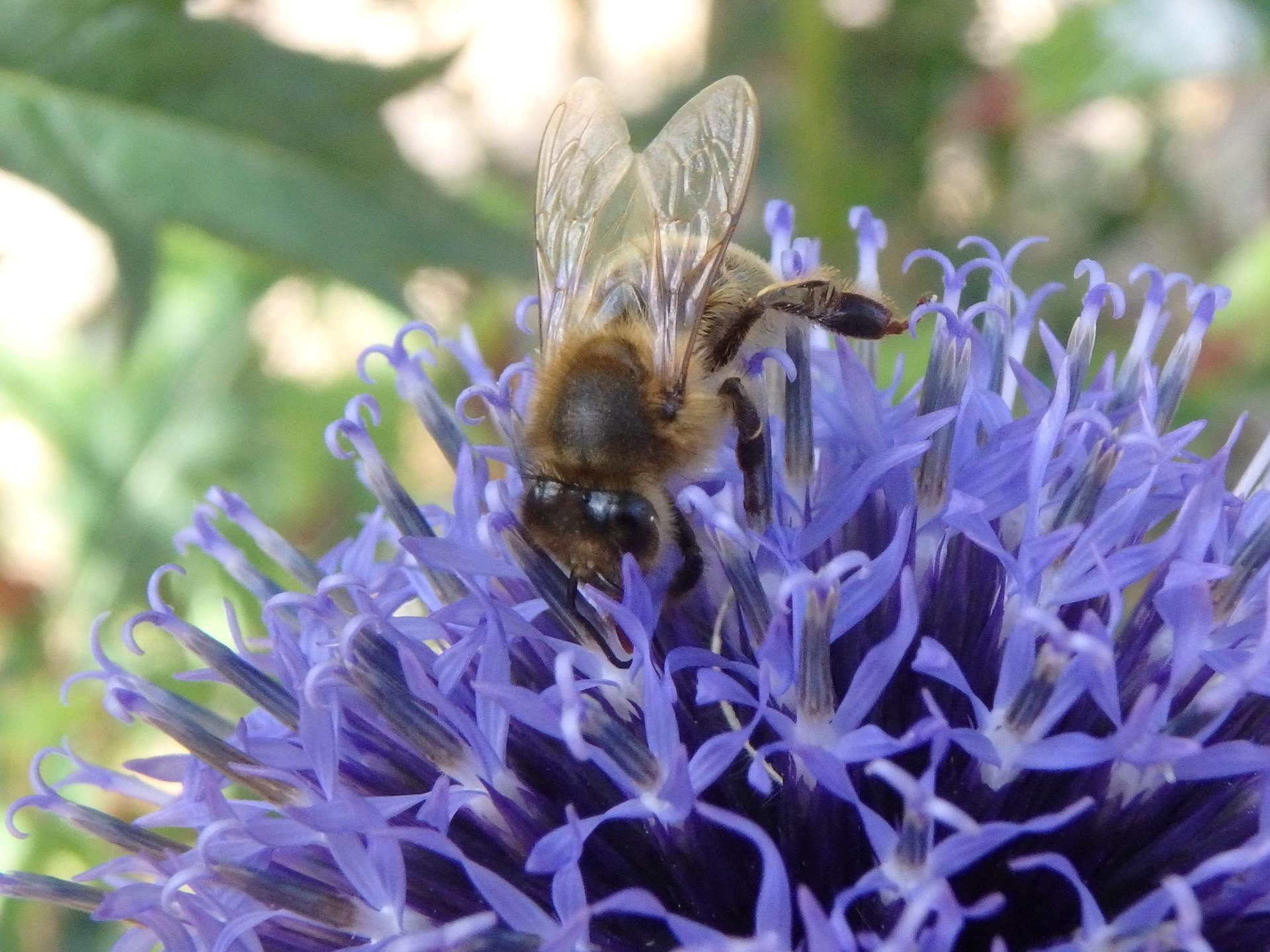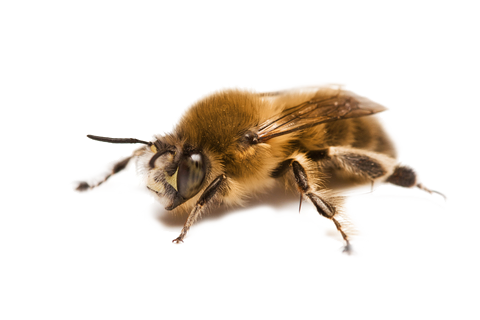Blog

January 10, 2020
I get this question a lot: “We just bought land and we’re eager to plant for our bees; what should we plant?” When a new beekeeper recently asked this, I could tell he was surprised at my answer: “Your bees may benefit as much by what you protect on your land than what you plant on it.” Pollen analysis A few years ago I would have handed this new land owner a standard list of bee plants. But that changed when I began to send annual honey samples to Dr. Vaughn Bryant, Director of the Palynology Laboratory at Texas A&M University. Palynology is the study of pollen grains. And this lab is where Dr. Bryant performs a sort of “retrospective research” on honey. It’s called pollen analysis and the results help us understand where bees forage. You might say the flowers in a honey jar tell a story – a story of the bee, the land, and how the beekeeper stewards the relationship between the two. A pollen analysis is done on a small sample of honey using light microscopy to identify pollen to the genus level of a plant. The types and percentages of pollen in honey are not a 1:1 correlation with their nectar source. However, “pollen coefficient ratios” are used to adjust for the limitations and establish more reliable determinations of nectar sources. I get an annual pollen analysis on every new honey harvest. But I was most surprised at my results from the drought year of 2010. A single plant dominated our honey – a plant I’d never even heard of! Honey is classified as – and can be sold as – a Unifloral honey when pollen from a single source is 45% or higher. My honey that year was 61% Rattan Vine or Alabama Supplejack (Berchemia scandens). I later identified this plant wrapping and winding up trees well within the bee’s forage range. Thank goodness I favor “wildscapes” rather than manicured landscapes. These rich nectar vines would typically have been cleared away as messy, unwelcome brush on most yards and properties. Here are a couple of things I’ve learned from honey pollen analyses. The flowers in a honey jar may be tiny, inconspicuous blossoms. Nectar blossoms may be mere “wallflowers”. Unnoticed. Unappreciated. Flowers may be tiny, tinted green, located high on a vine or tree, nestled under leaves or in bloom only a few days a year. Identify plants before clearing, redefine a weed and allow some wild areas to thrive. The flowers in a honey jar will be different every year. The pollen, and thus nectar, in your honey will differ in type and percentage from year-to-year. This difference can be dramatic. Nectar secretion in the nectaries of many honey plants is affected by the amount and timing of rainfall, light, humidity and temperature. A larger diversity of plant life helps to ensure bees are well nourished and productive. Interested in learning more about honey pollen analyses? Go to www.texasbeekeepers.org . Click Resources; click Journal; see July-Aug Journal article,“Buds and the Bees” for more information on pollen analysis. (If the July-Aug Journal is not yet posted, please check back later.)

November 15, 2019
Two of My Favorite Bee Plants It’s Fall Y’all! You Autumn Bee Planting! Here are two of my favorite, easy-care plants that faithfully attract my bees. Cenizo, Texas Sage or Texas Ranger (Leucophyllum frutescens “Compacta”) is one our most outstanding native Texas shrubs. This silvery-gray, evergreen perennial produces abundant pink-to-purple flowers through summer and fall. Cenizo requires little water and care and prefers full sun. I like the cultivar Compacta for its rounded, compact shape. It gets about 5 feet tall and 5-6 feet wide. Use Cenizo wherever you need a medium-sized, drought resistant evergreen shrub that loves sun. Give it good drainage, don’t over water it and please don’t shear it. Shearing destroys the natural shape of the plant and removes the flower buds. Cenizo has a peculiar habit of blooming after a rain which is how it got the name “barometer plant.” After rain, I can always track the buzz to my Cenizo which will be quivering with bee life. It attracts many nectar-insects, provides cover for wildlife and is a host plant for two butterflies, the Caletta silkmoth and the Theona checkerspot. Glossy Abelia (Abelia x grandiflora). A hybrid of two Chinese species, this long-flowering, perennial shrub is well adapted to the soils and climate of Texas. A semi-evergreen shrub, Abelia’s fragrant white flowers perform spring through fall, attracting many pollinators. Plant Abelia in sun to partial shade where it will reach a height and width of about 6 feet. Abelia likes fairly rich soil, good drainage and a little extra water during dry periods. Abelia makes a great evergreen screen with subtle foliage color change to reddish in the winter. The flowers have a sweet fragrance. But don’t severely prune it or it will lose its most attractive features – continuous blooms and graceful arching branches! My Abelia shrubs are clustered near a window where I enjoy watching a parade of honeybees, butterflies, hummingbirds, dragonflies and bumble bees. In winter, a variety of birds, including cardinals, red-winged black birds, juncos and winter sparrows, all take refuge from predators and weather under the protection of Abelia’s arching limbs. Please join in the conversation by sending your observations, suggestions and questions by email. For more information on these two plants, see my “Buds and the Bees” article at www.texasbeekeepers.org . Click Resources; click Journal; see Jan-Feb Journal.

October 1, 2019
Planting for Bees: give them more bang for their buzz! I’ve been hanging out with my bees for years, watching them forage in various seasons around flower beds, fields, woodlands, creeks and ponds. I’m fascinated by this insect that weighs 1/10th of a gram, can visit up to 2,000 flowers in a day and carry close to her own weight in pollen and nectar. Her miraculous mission is to spend the least amount of energy to bring home the highest quality nourishment for the survival of her colony. Not only beekeepers, but EVERYONE, can help our bees by planting and conserving nectar-rich bee habitat. Bee habitat is also vital for other pollinators such as native bees, butterflies and more. Here are a few things to remember next time you’re selecting plants for your garden or yard. Honeybees are attracted to large areas of the same plant. Foraging bees are remarkably constant on the plants they visit – they like to stay a while! Next time you buy a flowering nectar plant at the nursery, bring home a few more pots or flats. Plant about 1 square yard (3 feet by 3 feet) of one plant species. Larger plots of the same flower keep bees foraging longer. Honeybees are attracted to a variety of plants growing near each other. A variety of nectar plants will provide bees with better nutrition and keep them foraging longer. Create larger flower beds to house a diversity of flowering plants and shrubs by converting portions of the lawn. Honeybees are attracted to plants that bloom when there’s an absence of blooms. By planting or conserving existing plants that bloom in all seasons and throughout drought periods, our bees will have forage year¬-round. Conserving areas of diverse, native habitat is one way to accomplish this. Honeybees are attracted to healthy, well-adapted plants. When we chose plants that are native or well-adapted to our region’s soil and climate, we know the plant is more likely to have a longer, healthier life with better nectar production. Please join in the conversation by sending your observations, suggestions and questions by email. For more information on planting for bees, see my “Buds and the Bees” article at www.texasbeekeepers.org . Click Resources; click Journal; go to Jan-Feb TBA Journal.
© 2025
All Rights Reserved
